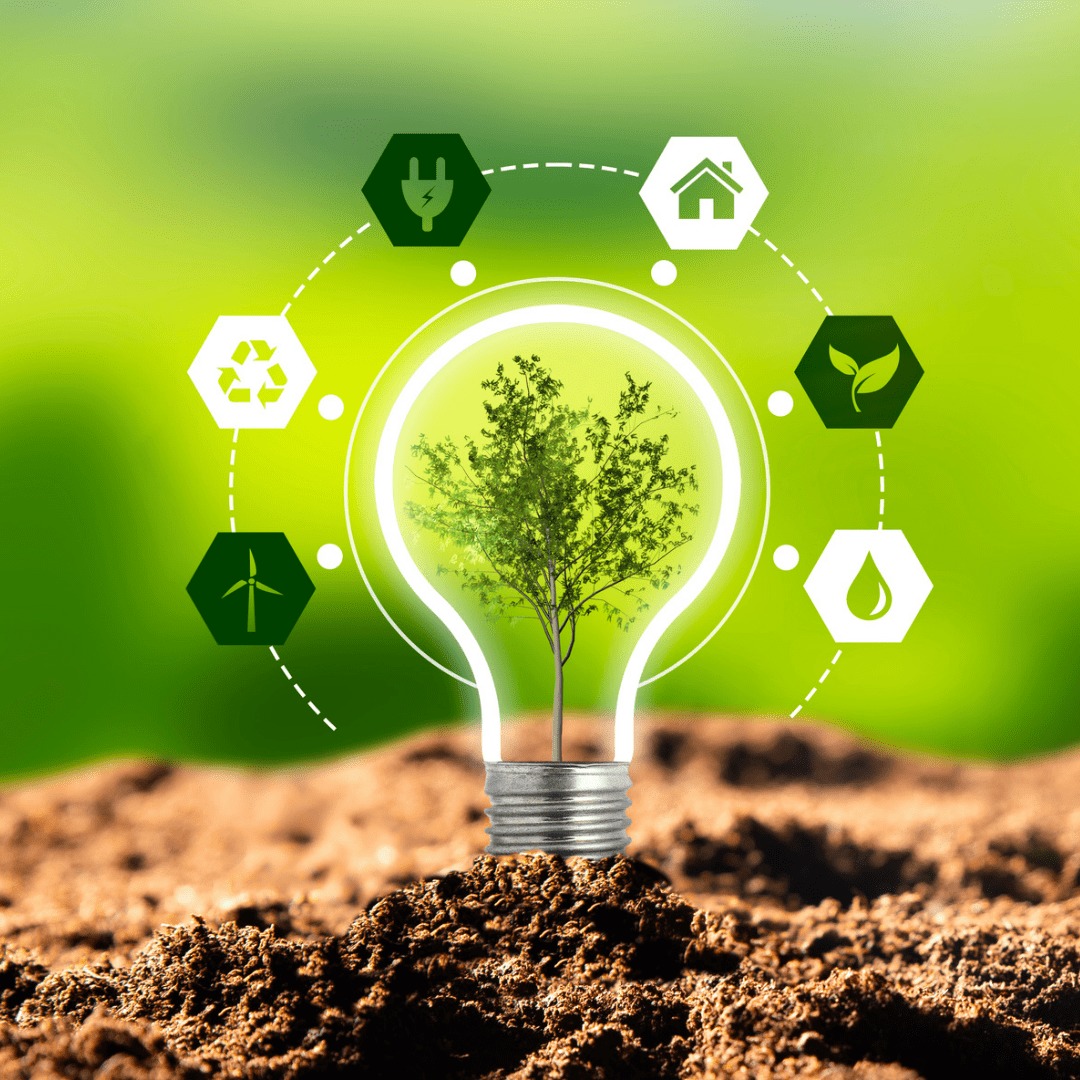❖ Introduction:
We all know that our environment is in danger and it’s a need of hour that steps must be taken to save it. As environment is changing and our future is in threat, biotechnology is a bright hope that can provide solutions for sustainable environment. Biotechnology can replace the material and processes causing pollution with better biological and sustainable alternatives. In biotechnology living organisms are engineered in such a way that they can be used efficiently to breakdown waste and other materials that are responsible for causing pollution. The release of waste from industrial processes can be reduced with the help of re-mediation technologies. Biotechnology also plays crucial role in transformation of harmful waste product and contaminant into useful by products with the aid of microbes. Thus, biotechnology has broad spectrum effect towards reducing the overall pollution of various types. Some are discussed below:-
❖ Bioprospecting
Bioprospecting involves strategies for exploring novel genes, molecules and microbes desirable for commercialization as well as development. The bioprospecting derived resources and products can be used in agriculture, bioremediation, cosmetics and personal care. Bioprospecting derived products such as enzymes can also be used in biosensor and nanotechnology. It provides economic benefit and also promotes conservation of biological diversity.
❖ Bioplastics
We all know the harmful effects of plastics. Degradation of plastic that is being generated from petrochemical plastic production plants is a major issue that is causing detrimental damage to environment. A sustainable alternative is the incorporation of biotechnology in the production of plastic. Many industries worldwide are developing methods to manufacture bioplastics from the waste generating from agricultural and forestry. Bioplastics can be recycled and reused.
❖ Biofertilizers
Biofertilizers are microbes-based preparation that are potentially efficient in uptake of nutrient from plants when applied to their rhizosphere regions. They are one of the many hopeful ways to increase the productivity of crops in an eco-friendly manner. Production of biofertilizers is a simple a cost-effective process. Microorganisms can be engineered say for example fix nitrogen for legumes, puss etc. thus replacing the use of chemical fertilizers.
❖ Biopesticides
Use of chemicals or chemically derived pesticides is a harmful practice to humans as well as environment. Biopesticides are a better alternate to chemical pesticides. Biopesticides consist of microorganisms such as bacteria, fungi etc. that help in control of pests like certain weeds, insects etc. One known strain of bacteria is bacillus thuringiensis. This particular bacterium produces a protein that can kill the moth larvae. By the application of biotechnology, the desired genes from this bacterium were transferred into cotton plant and thus a genetically modified pest resistant cotton plant was developed called as Bt cotton.
❖ Biofuels

No one is unaware of the fact that humans are themselves responsible for damage over planets. Our day-to-day activities are directly or indirectly responsible for environmental pollution. But as our actions are damaging the environment, we are becoming more alert and now we are thinking more towards reducing it. Carbon emission is a major problem. There is a sense of urgency and everyone should have mindset to reduce carbon emission. There is a lot of information floating around emphasizing the need to reduce our carbon foot prints. Carbon dioxide is depicted and embossed as the chief culprit however the fact is that life on earth is possible due to balanced carbon cycle through air, water and land. All the living things like plants, animals etc. respires and release carbon dioxide in atmosphere but that is not harmful. Natural carbon dioxide does not cause damage to environment, but plays important role in maintaining our ecosystems. Carbon dioxide released due to human activities like burning of fossil fuels, refining, transporting, extracting etc. causes harm to environment. The high level of carbon dioxide is detrimental living organisms including humans. Thus, biofuels are a healthier option and can efficiently replace the existing traditional fuels.
❖ Cultivated Meat

The meat industry causes a lot of pollution to the environment. It also involves inhuman slaughtering of animals. Biotechnology can provide a mean for reducing this. By the techniques used in biotechnology meat can be grown without involving any animal. This is achieved directly from muscles and fat cells. This approach of met production could significantly decrease the use of antibiotic in production of meat. Eat just, a U.S based company developed a cultivated meat product that was first ever to commercialize in 2020
❖ Construction materials

The construction material is being produced using toxic chemicals and large volume of energy and water. Also, the process involved in manufacture of construction material generates elevated volumes of carbon and thus this carbon emission causes global warming. Researchers and biotech giants across the world are looking for methods that can be used to make sustainable materials and microbes that could either repair the damage or help in production of cement tiles.
❖ Cosmetics

Cosmetics we use on daily basis are derived from either plant or animal source. Various harmful chemicals are also known to be incorporated while making of cosmetics. The active ingredient derived from plants however is small in quantity. With the advancement of biotechnology scientist across the globe are looking forward to produce compounds that can be used in cosmetics through fermentation process. A biotech company from France has been able to produce phytoene, an anti-aging compound that can be used in skin care products. Research is going on in this field to identify and isolate microbes that can be able to produce active ingredients used in cosmetics.
❖ Clothing

Fashion is changing at a great pace. The trends we are talking about today will become obsolete in coming days. This fast fashion imposes challenge to environment in terms of sustainability. Biotechnology can be helpful by replacing the harmful textile waste by recyclable and biodegradable options. Advancement in biotechnology can be in future will help to produce fabrics and dyes used in textiles using micro-organisms.
❖ Enzyme detergents
Chemical detergents are harmful for the environment. Enzymatic detergents are biodegradable. They consist of enzymes from microbial origin that can be used to break down difficult stains, such as fat and blood. The first enzymatic detergent was made and sold by the biotech giant Novozymes as early in 60s. Presently advanced versions are available in market. Enzymatic detergents remain effective at lower temperature as well thus they can be used to clean medical instruments and equipment.

